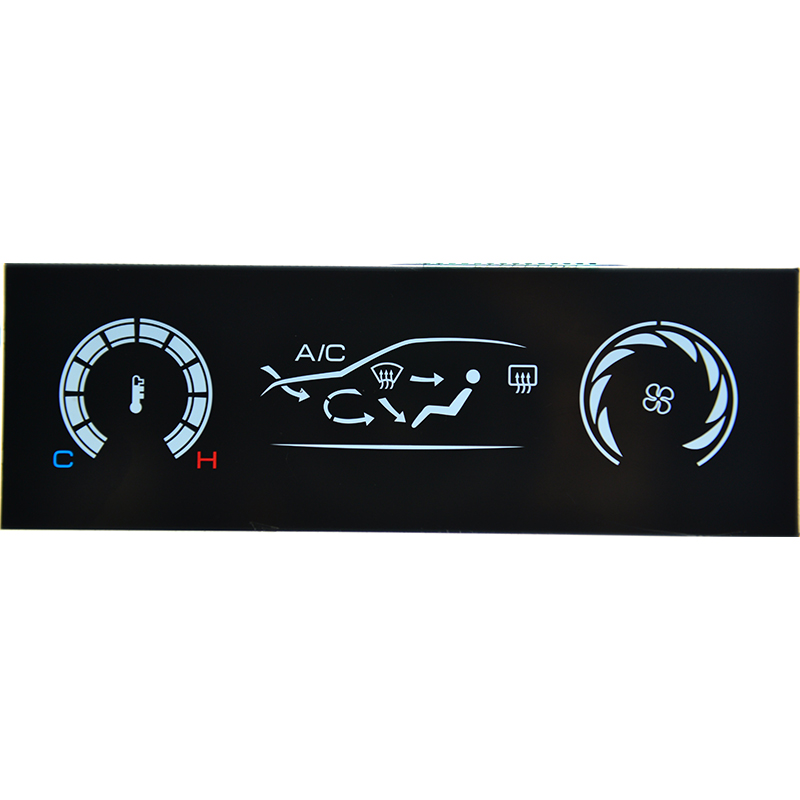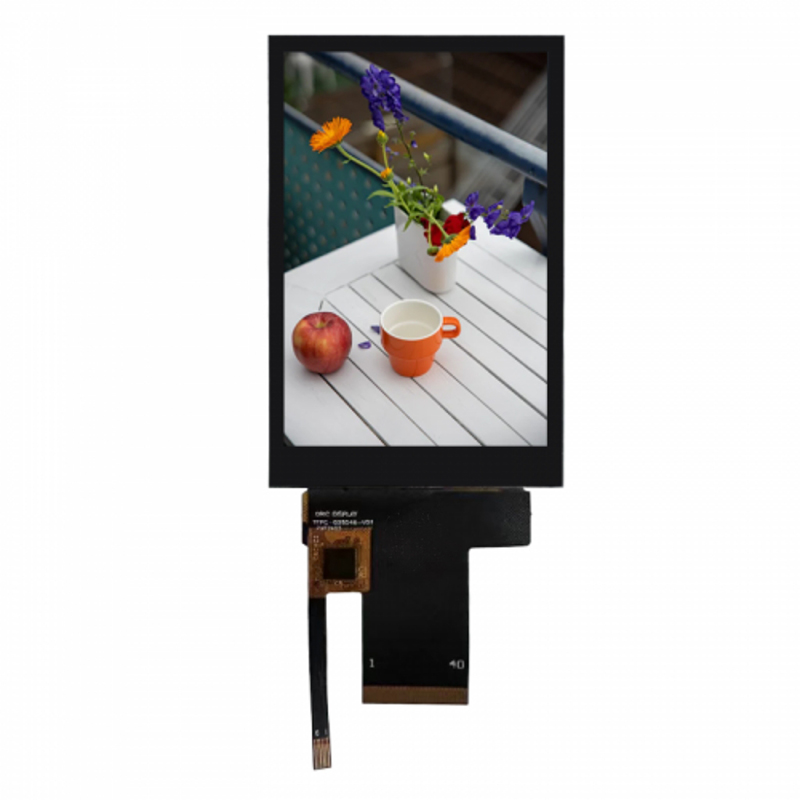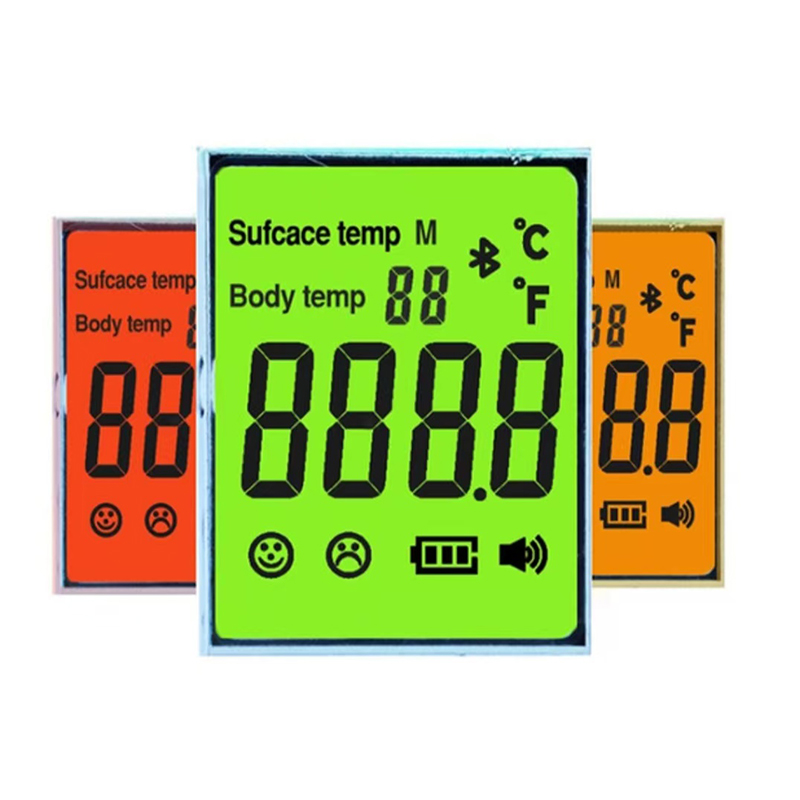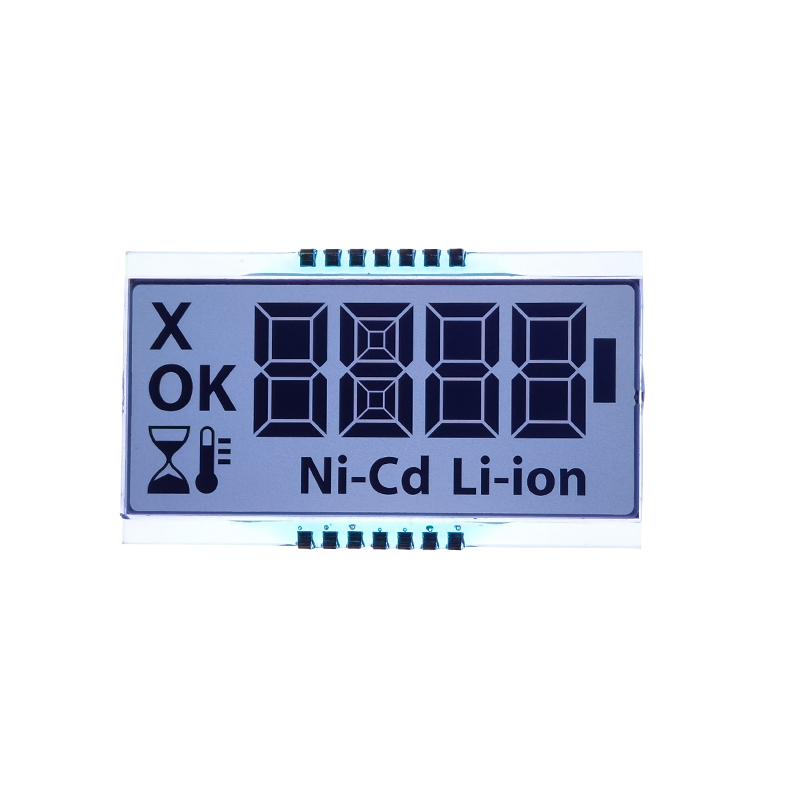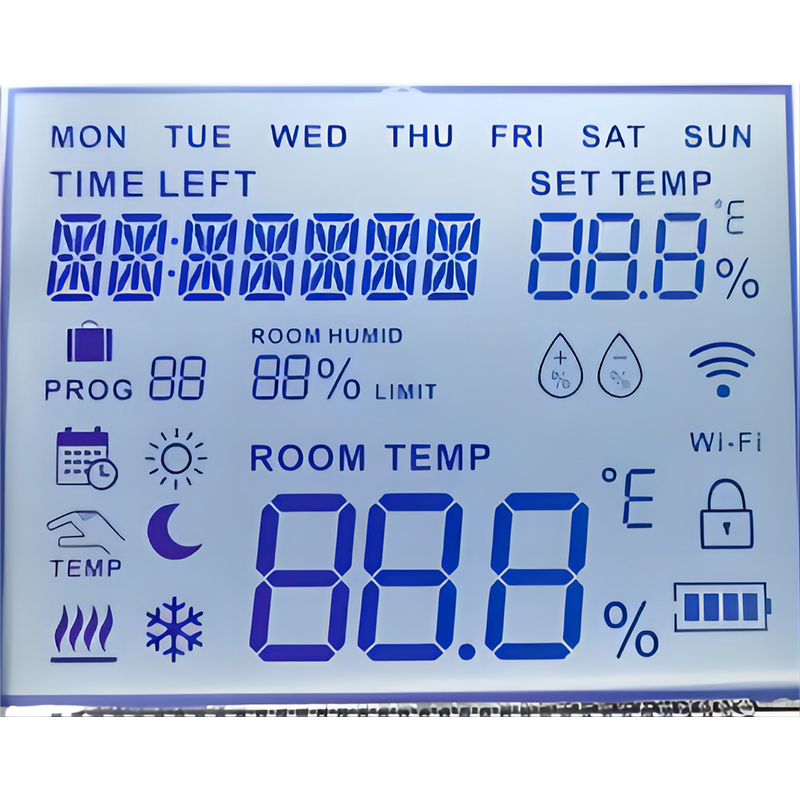
This comprehensive guide explores the world of LCD touch screens, covering key aspects from understanding their technology to selecting the perfect one for your needs. We delve into different types, applications, and considerations for making an informed decision. Learn about resolution, touch technology, durability, and more to ensure you choose the LCD touch screen that best fits your project or device.
An LCD touch screen combines a Liquid Crystal Display (LCD) with a touch-sensitive overlay. The LCD provides the visual display, while the touch sensor interprets your finger or stylus input, allowing for interactive control. This technology is ubiquitous in smartphones, tablets, laptops, ATMs, and countless other devices.
Several technologies power LCD touch screens. Resistive touchscreens use pressure-sensitive layers to detect input. Capacitive touchscreens, more common in modern devices, detect the electrical capacitance of your finger. Projected capacitive touchscreens are highly sensitive and can support multi-touch gestures. Choosing the right type depends on your application's needs—for instance, resistive screens are more durable but less precise than capacitive ones.
When selecting an LCD touch screen, consider these crucial aspects:
LCD touch screens are essential in smartphones, tablets, laptops, and e-readers, providing intuitive user interfaces.
From industrial control panels to point-of-sale (POS) systems, LCD touch screens improve efficiency and user interaction in various industrial settings. Their robustness and customization options make them ideal for harsh environments.
Modern vehicles increasingly rely on LCD touch screens for infotainment systems, navigation, and climate control.
LCD touch screens offer a sterile and user-friendly interface for medical equipment, enhancing functionality and ease of use.
Selecting the ideal LCD touch screen requires careful consideration of your specific requirements. Factors such as budget, intended use, environmental conditions, and desired features will greatly influence your choice. Consider consulting with a specialist to ensure you get the perfect fit.
For high-quality LCD touch screens and related display solutions, consider exploring the expertise of companies like Dalian Eastern Display Co., Ltd. They offer a wide range of options for various applications.
| Technology | Sensitivity | Durability | Cost |
|---|---|---|---|
| Resistive | Lower | Higher | Lower |
| Capacitive | Higher | Lower | Medium |
| Projected Capacitive | Highest | Medium | Higher |
Note: Cost and durability can vary based on specific manufacturers and models.
This guide provides a foundation for understanding LCD touch screens. Remember to thoroughly research specific products and manufacturers before making a purchase.





